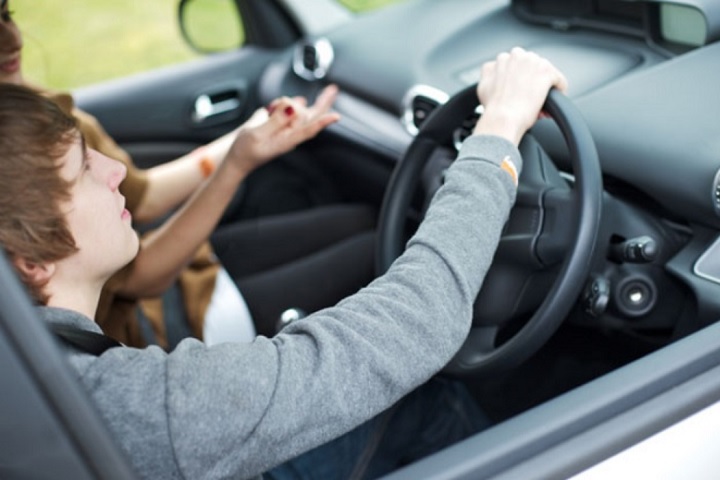
A new study has shown that films demonstrating responsible behaviour could lead to young drivers taking fewer risks on the road, rather than videos aimed at provoking fear.
This finding was even more pronounced when films were viewed in VR format.
The study, led by the University of Antwerp in partnership with the University of Southampton and the University of Warwick, saw 146 young drivers undertake tests to compare the difference in their attitudes to risky driving.
Half of the group viewed a six-minute video aimed at instilling fear through a crash caused by a reckless driver, distracted by his passengers. The other half saw a video showing a positive scene with a careful driver asking the passengers not to distract him.
Both road safety films were developed specifically for, and used by, fire and rescue services in the UK.
The study also tested whether watching the videos in an immersive setting on a virtual reality (VR) headset made a difference than watching the videos on a two-dimensional (2D) TV screen.
Each participant took a questionnaire to assess his or her attitude to risk taking on the road before and after the trial. At the end of the trial, they also took a second test, the Vienna Risk-Taking Test-Traffic.
In this test, they watched video clips of driving situations that require a driver reaction (for example, considering whether to overtake in icy conditions) and were asked to indicate if, and when, they regarded the manoeuvre as too risky.
The findings indicate that the positively framed films significantly decreased risky driving after being seen on a 2D screen, and even more so when viewed in VR format.
In contrast, the fear film shown in VR failed to reduce risky driving behaviours, and in fact, increased young drivers’ risk taking.
Dr Yaniv Hanoch, associate professor of risk management at the University of Southampton, said: “Governments around the world have adopted a plethora of interventions aimed at encouraging safer driving, the majority of which use fear-based content, such as graphic depictions of sudden car crashes.
“Finding the best means to tackle this issue is of paramount importance. By studying driver safety interventions currently used by the fire and rescue service across the UK, this research provides the first examination of the effects of both message content and mode of delivery on risky driving behaviour among young drivers.”
This is really interesting and i’m glad to see some evidence to support what lots of us have been saying for years.
Rebecca, Leeds
+2
Delighted to see a robust study confirming what many of us RS professionals have been saying for years. Excellent news!
Honor Byford, Wensleydale
+7